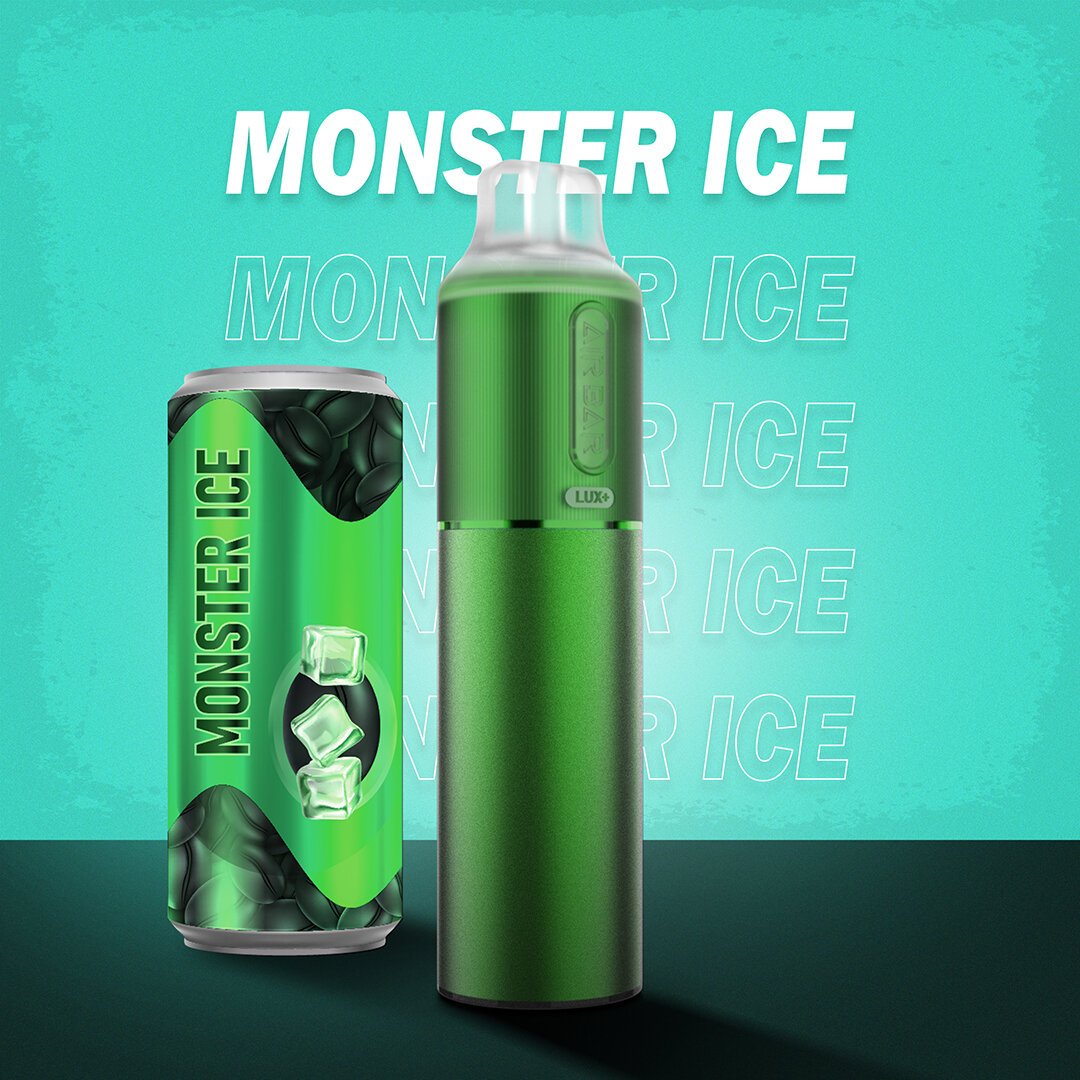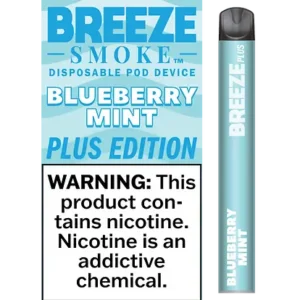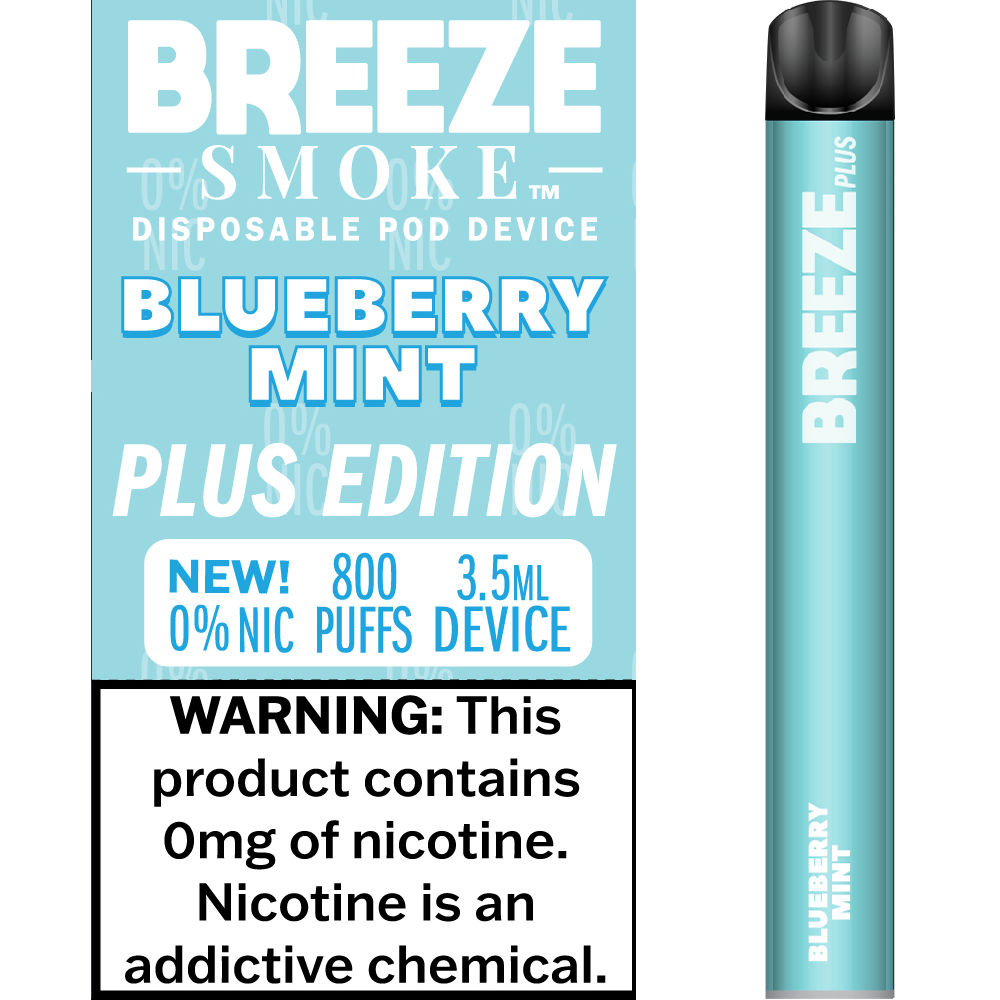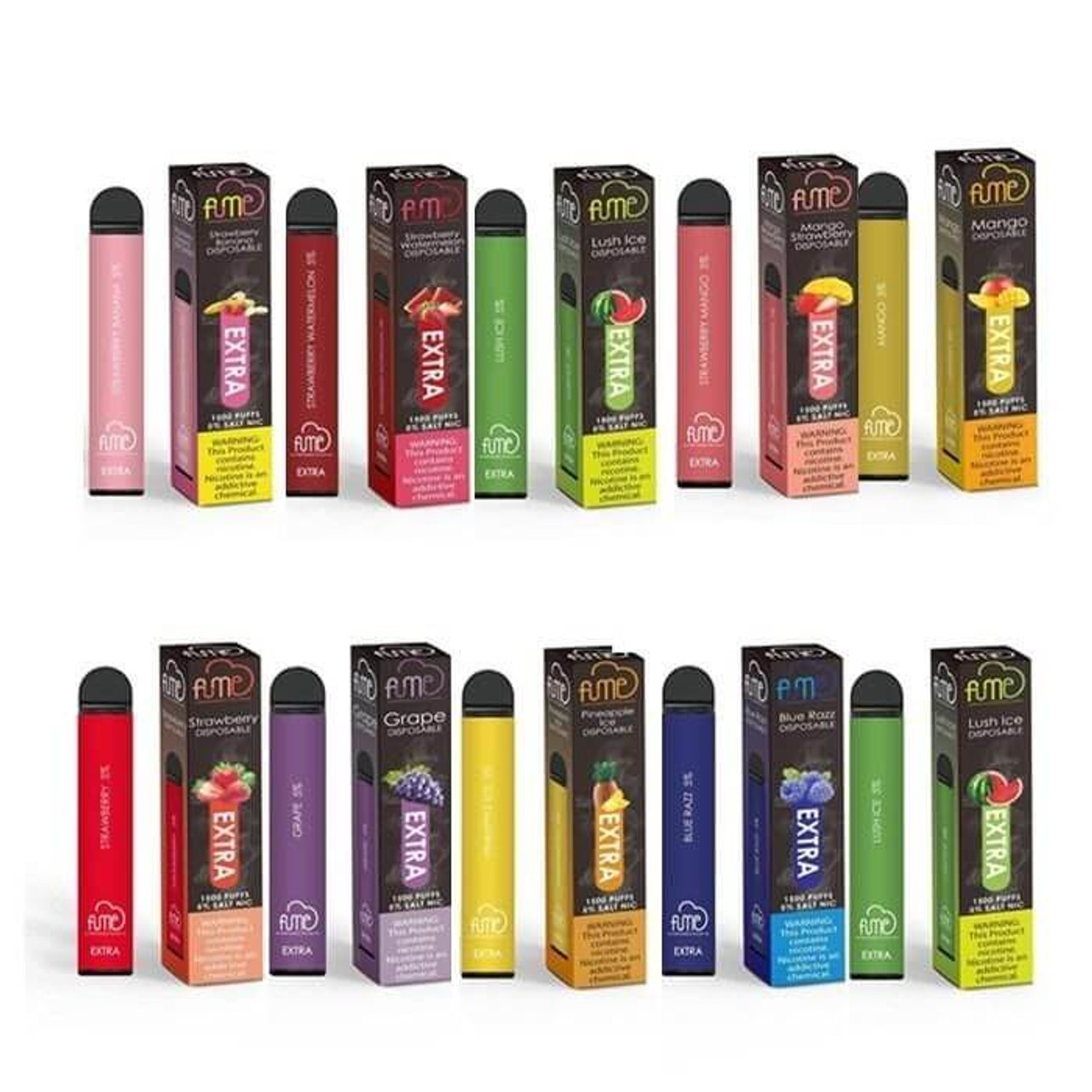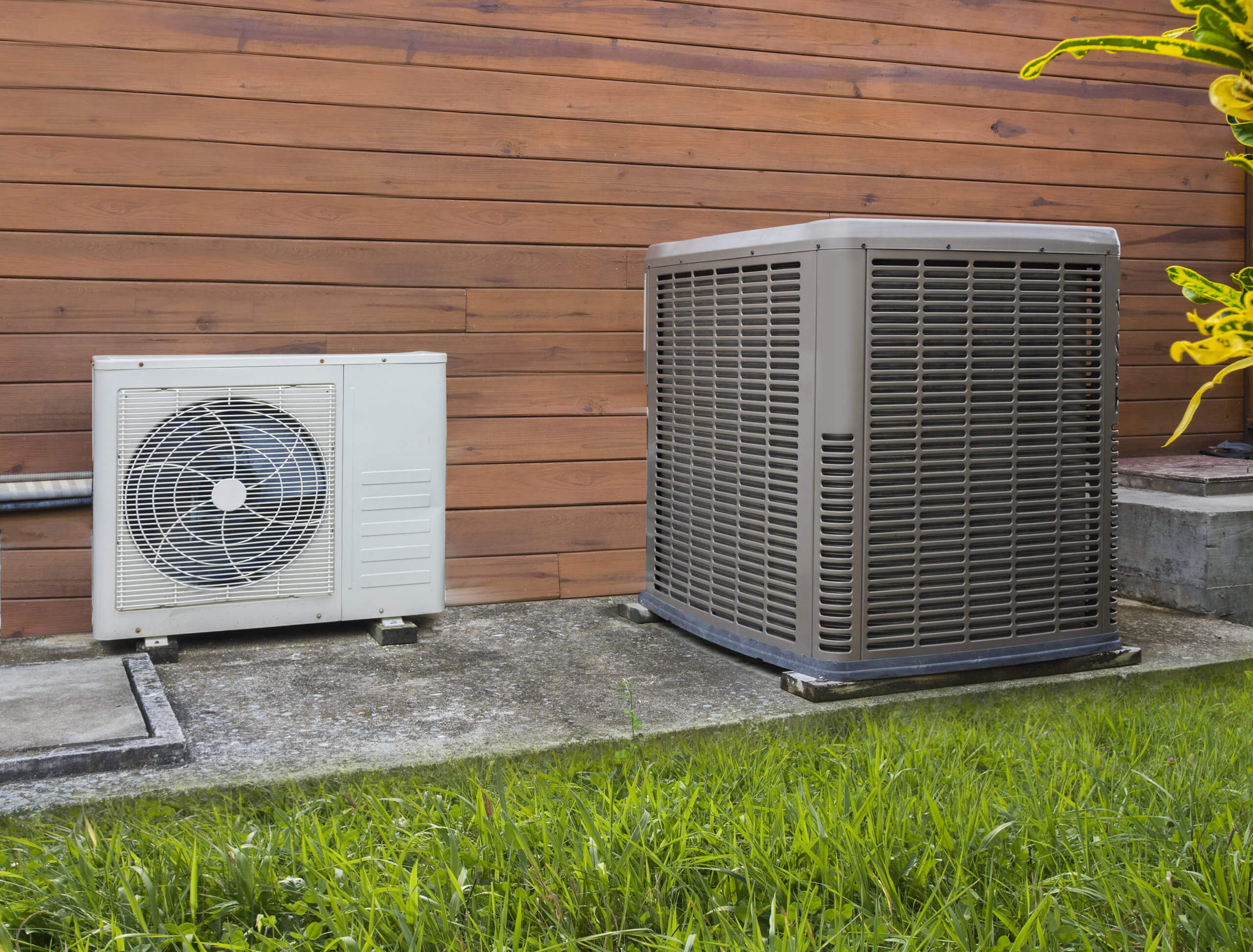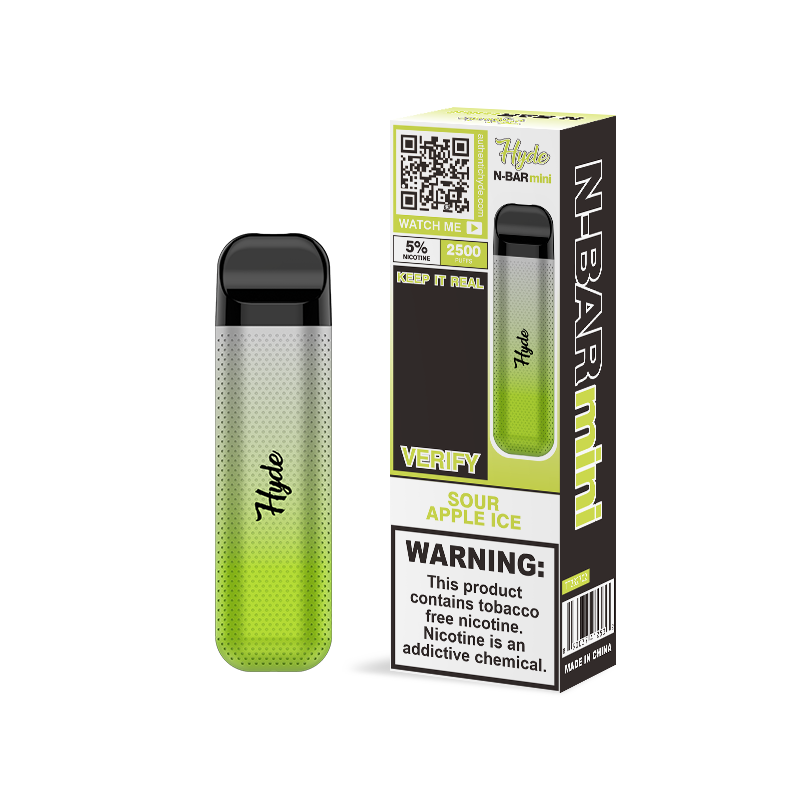Fume 2500 Puff Disposable Vape
Fume is a common word that refers to smoke, gas, or other chemical vapors. It is derived from the Middle English word fum, which is itself derived from Old French fum and Latin fumus, both of which derive from the Proto-Indo-European root *dhuh2mos (‘to smoke, raise dust’). Fumes are usually plural and indicate strong, volatile, or toxic vapors.
Often fumes
Often fumes are gases, vapors, or smoke that can be harmful to people who are exposed to them. They can be highly flammable and odorous. When inhaled, they can cause respiratory problems, as well as damage to the lungs. They also affect the quality of air, limiting visibility in enclosed spaces.
Feel or express great anger
The word fume is a synonym for the feeling of great anger. It can be a verb or a noun, and is derived from the Latin word fumus, meaning “smoke.” Fumes are often strong smelling gases or vapors. You may have seen cartoon characters with fumes coming out of their ears. It can also be a reaction to someone who has been disrespectful or inconsiderate.
While it is normal to feel and express anger, it is important to deal with it in a constructive way. Anger can have a negative impact on your health and your relationships if it goes unresolved.
Provide protection from chemical fumes
If you’re working around chemicals, you need to make sure that you protect yourself from the toxic fumes. Chemicals are extremely dangerous for your health, but there are many ways to minimize your exposure. The best way to do this is to use protective gloves and masks when handling chemicals and other materials. You can also use appropriate ventilation to keep your workplace and home well-ventilated.
Contain highly dangerous substances
Hazardous materials pose a threat to health, property, and the environment. These materials are prevalent in many industries, and can be explosive, flammable, caustic, toxic, or radioactive. They can cause injuries, health problems, and even death from even small exposures. This is why identifying and properly disposing of hazardous materials is critical to protecting the public and the environment.
The problem is compounded by the fact that hazardous materials are ever-changing. As the world becomes more populated, new chemicals, medicines, and foods are created, and they interact with existing hazardous materials. Furthermore, with an increasingly crowded transportation system, HAZMAT incidents can occur more frequently and can result in a range of health hazards for the public.

